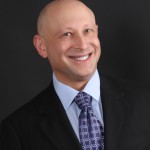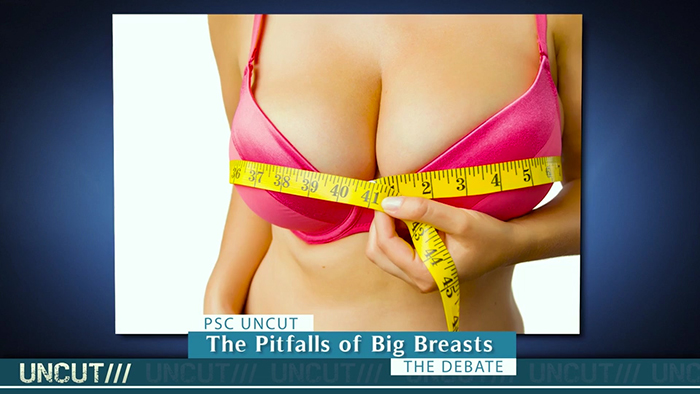The size of breast implants patients choose can often be characterized as regional differences. Coastal patients may desire larger breasts to accentuate the smaller amount of clothing they wear, while patients in the Northeast may wish for smaller breasts as they tend to wear more clothing and have no habitual need for a bikini. Is there any truth to regional breast sizes? Dr. Sean Doherty of Boston and Dr. Jason Pozner of Boca Raton, Florida share their regional perspectives in this PSC Uncut.
Regional Differences, Yes or No?
The regional difference argument comes from anecdotes and generalizations of the regions themselves. Women in the northeast tend to be a bit more conservative, and in an environment that is cool and sometimes very cold, layered clothing is the norm so a large augmentation isn’t “necessary.” Conversely, patients in Florida, the Gulf Coast, and Southern California spend much – if not all – of the year in warm, sunny climate, wearing less clothing and having more of an opportunity to expose their bust.
Dr. Doherty of Boston shares some insight as to patients’s desires in the northeast. “I do think in general my patients don’t want their breasts to enter the room before they do,” he explains, “But, for every maybe one or two patients that want a subtle result, I have some patients that want some voluminous breasts. So I can’t say women in Boston want small breasts.”
“What’s a big breast?” asks Dr. Jason Pozner. “I think for some women a B cup might be large and for some small women, a DD may be way too large, so I think there’s a wide variety of body shapes. In general, there are some regional differences to breast size.”
What about the pitfalls of a large breast augmentation?
The decision to go big or not rests upon the patient, and surgeons will comply with surgical expertise. However, some drawbacks to going “too big” involve a potential lack of sensation in the breast/nipple, as well as dissatisfaction with the end result. “Dissatisfaction and discomfort are certainly up there, but ultimately what’s going to happen to their skin?” asks Doherty. “Is it going to stretch? Are they going to be more at risk for visibility of the implant?”
While adding large implants is done often and meticulously, problems can arise from filling the chest with more volume than it can handle. Rippling, or visibility of the implant, is a real concern, as well as a loss of sensation. “I do think patients are asking about breast and nipple sensation, which goes to show that patients are more educated these days,” says Doherty. “That helps me when I want patients to have perhaps not as large of an implant because I don’t think it’s the best thing. That’s one more thing I can remind them of.”
Secondary Augmentation, or When Desires Change
Having a breast augmentation in your 20’s and 30’s can be everything a patient has ever dreamed for, but what about in a decade or two? Will they still desire the same look? “My market is a lot of secondary augmentation,” explains Pozner. “I think things change because many times they’re dissatisfied with their previous surgery, they’re too small, or vice versa. Very rarely when they’re younger do they think they’re too big. As they get older and they gain some weight, maybe they think they’re too big. I rarely have to downsize someone in their 20’s and 30’s.”
While an augmentation may come out perfect in the patients eyes, physical and mental changes do happen overtime and that aug will have to be updated, or the implants replaced all together. With these facts in mind, surgeons may even suggest options to ensure that the augmentation will satisfy patients now as well as over the following decades. “In Boston where people are a little more conservative, it’s my job to remind people that perhaps they want a bit more in size,” says Doherty. “In some cases I’m actually pushing people to have a little bit larger of an implant because I know ultimately that’s what they will want.”
Regional differences do apply, but across the entire map, patients are looking for short and long term results. It’s entirely dependent on finding an expert in breast surgery to suggest the proper implant for a patient to enjoy their decision for decades to come.








Facebook
Twitter
Instagram
YouTube
RSS